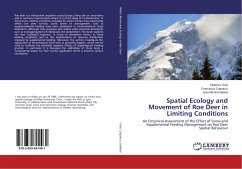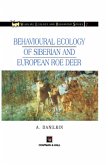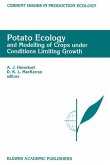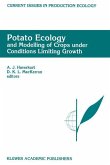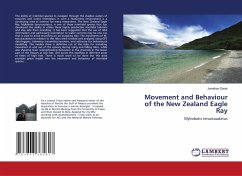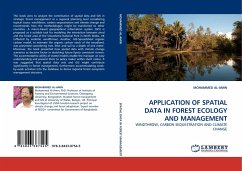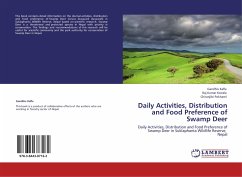Roe deer is a widespread ungulate across Europe, living also on mountains and in northern environments where it is at the edge of its distribution. In these areas, limiting conditions imposed by severe winters may importantly affect roe deer survival. Some forms of management such as supplememental feeding have been developed to counterbalance these limitations, although their presence also implies some potential drawbacks such as overaggregation of individuals and competition. This book explores roe deer ecological response, in terms of movement tactics, to these limiting conditions and to the modifications of resource distribution imposed by supplemental feeding. Moreover, the authors investigate the application of technological tools such as proximity loggers, which can be used to evaluate the potential negative effects of supplemental feeding practice. In particular, it is discussed the calibration of these tools, a fundamental aspect for their correct application which is however seldom considered.
Bitte wählen Sie Ihr Anliegen aus.
Rechnungen
Retourenschein anfordern
Bestellstatus
Storno

